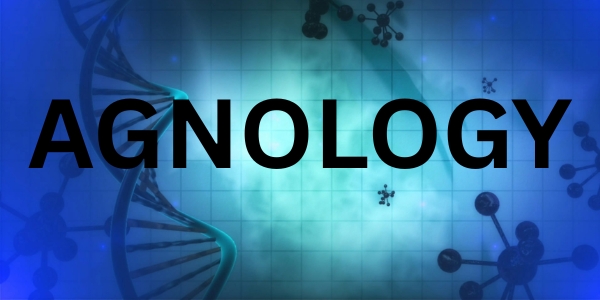A discovery that 'literally changes the textbook'
The network of nerves connecting our eyes to our brains is sophisticated and researchers have now shown that it evolved much earlier than previously thought, thanks to an unexpected source: the gar fish.
Michigan State University’s Ingo Braasch has helped an international research team show that this connection scheme was already present in ancient fish at least 450 million years ago. That makes it about 100 million years older than previously believed.

“It’s the first time for me that one of our publications literally changes the textbook that I am teaching with,” said Braasch, an assistant professor in the Department of Integrative Biology and the Ecology, Evolution, and Behavior Program.
This work, published online in the journal Science on April 8, also means that this type of eye-brain connection predates animals living on land. The existing theory had been that this connection first evolved in terrestrial creatures and, from there, carried on into humans where scientists believe it helps with our depth perception and 3D vision.
And this work, which was led by researchers at France’s Inserm public research organization, does more than reshape our understanding of the past. It also has implications for future health research.
Studying animal models is an invaluable way for researchers to learn about health and disease, but drawing connections to human conditions from these models can be challenging.
Zebrafish are a popular model animal, for example, but their eye-brain wiring is very distinct from a human’s. In fact, that helps explain why scientists thought the human connection first evolved in four-limbed terrestrial creatures, or tetrapods.
“Modern fish, they don’t have this type of eye-brain connection,” Braasch said. “That’s one of the reasons that people thought it was a new thing in tetrapods.”
Braasch is one of the world’s leading experts in a different type of fish known as gar. Gar have evolved more slowly than zebrafish, meaning gar are more similar to the last common ancestor shared by fish and humans. These similarities could make gar a powerful animal model for health studies, which is why Braasch and his team are working to better understand gar biology and genetics.
That, in turn, is why Inserm’s researchers sought out Braasch for this study.
“Without his help, this project wouldn’t have been possible,” said Alain Chédotal, director of research at Inserm and a group leader of the Vision Institute in Paris. “We did not have access to spotted gar, a fish that does not exist in Europe and occupies a key position in the tree of life.”
Read more at MSU Today.



